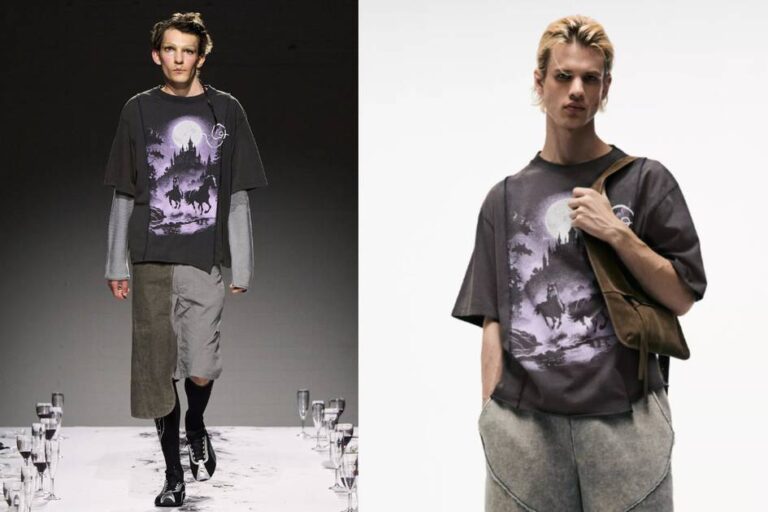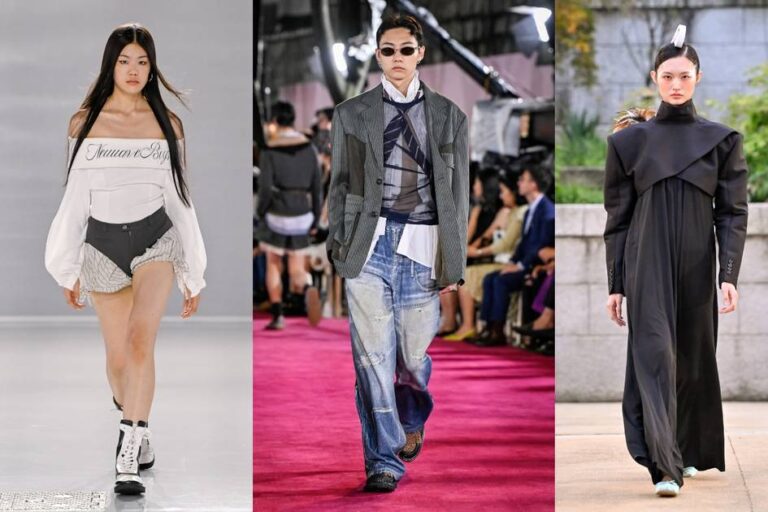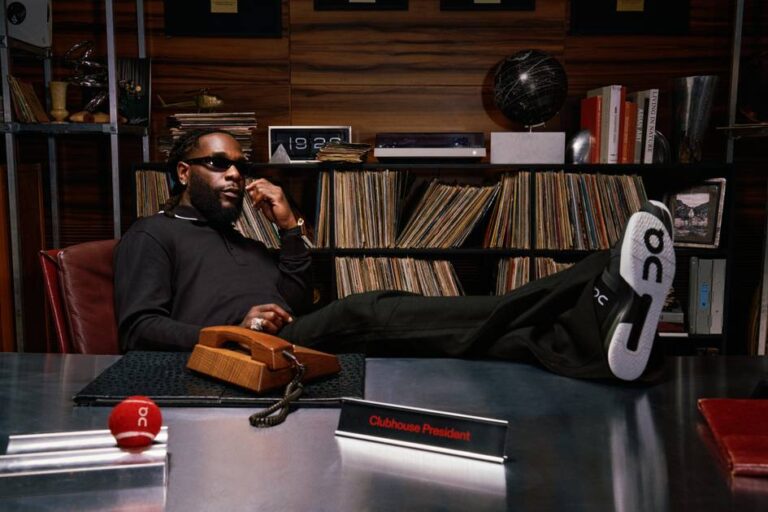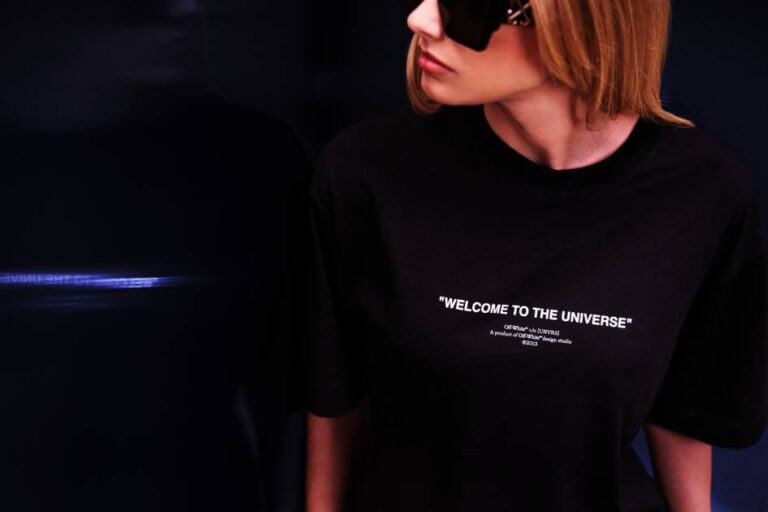Is Poorly Communicated Sustainability Worse Than Greenwashing?

During the recent Milano Unica trade fair, a total of 735 exhibitors presented their latest offerings for the autumn/winter 2026/27 season. One important area of focus was the strides companies are making in sustainability. Giusy Bettoni, founder and CEO of Class, highlighted that “yarn manufacturers have invested heavily in sustainability and made great progress,” according to her comments to FashionUnited.
Class, which stands for Creativity Lifestyle and Sustainable Synergy, is an international eco-hub located in Milan. Established in 2007, it advocates for a new wave of fashion where design, innovation, and social responsibility converge, creating a business model that thrives on both economic and ethical standards.
Class CEO: Reflecting on Almost 20 Years of Sustainability
Bettoni humorously notes, “As we started almost two decades ago, we were the sustainability outsiders.” However, the landscape has dramatically evolved since then.
“Many manufacturers have conducted life cycle assessments to understand the environmental impact of products throughout their life,” Bettoni explained. They are now equipped to present a compelling brand narrative from fiber to finished garment that resonates with consumers. Sustainable practices, from material impact to recycling processes, need to be communicated clearly to foster understanding.
“Competitive communication is essential,” stresses Bettoni. “Unfortunately, despite advancements in technology, investments, and certifications, the narrative often feels outdated, reminiscent of the 1980s.”
What Class Represents: An Acronym for Sustainable Innovation
Interestingly, major fast fashion brands have effectively crafted their market stories, setting a high standard that Made-in-Italy companies cannot easily replicate. Simply stating that something is made in Italy, without detailed explanations, falls short of benefitting the fashion industry or its supply chain.
Bettoni argues that obscuring priorities under the guise of economic challenges is not justifiable. “People need to be central in the conversation about sustainability,” she asserts.
“The worst scenario is offering a ‘green’ product but lacking effective storytelling,” she adds.
Understanding how to communicate next-generation products is a vital cultural point, and Class is dedicated to aiding businesses in this regard. “We focus on four key dimensions at Class: design, innovation (where materials must exhibit specific performance characteristics), responsibility towards people and the environment, and sustainability as a fundamental value,” Bettoni emphasizes.
While aesthetics and functionality remain core elements of fashion, today’s products must also amalgamate these external factors with deeper internal values. Consequently, Class has established ten invisible values that are essential for a modern wardrobe.
How to Effectively Communicate Next-Gen Fashion Values
InsideOut by Class outlines various prime values: ethics, social initiatives, transparency, environmental responsibility, health consciousness, circular economy practices, design integrity, and attention to material sourcing and production methods. Bettoni notes, “This ‘bible’ is crucial for constructing a wardrobe’s identity and value, especially for contemporary consumers who often feel overwhelmed.”
For instance, ethics is defined by an unwavering commitment to respect every individual involved in the production process. Respect is fundamental for grasping this extensive vision.
When it comes to storytelling, this value emphasizes the brand’s duty to uphold respect for all individuals and communities, promoting fair labor conditions and minimal environmental impact. Ethical brands operate with integrity towards both people and nature. Additionally, social initiatives encompass proactive efforts that contribute to the welfare of communities and ecosystems, exceeding standard business operations.
Understanding Transparency and Traceability
Transparency and traceability focus on the visibility of a brand’s operations and partnerships, offering publicly accessible information regarding supply chains and their impacts. This transparency covers every step of production, from raw material extraction to the product reaching store shelves, ensuring thorough explanation and documentation.
According to Class, the storytelling of this value means “providing clear and accessible information about the brand’s activities, material sourcing, and production processes through a comprehensive representation of a product’s life.” This transparency fosters trust through open communication about sourcing and operations, allowing consumers to verify the origins and environmental impacts of their purchases.
The nature of the materials used—whether natural, recycled, or innovative—plays a crucial role in production storytelling. “Sustainable brands prioritize eco-friendly materials from ethically sound sources while ensuring quality and low environmental impact,” Class states.
Defining and Communicating Production Processes
InsideOut by Class addresses production as the methods and materials involved in creating a product and their ecological footprints. “Guidelines for ethical production are pivotal for sustainability,” they remark, highlighting low-impact production techniques, responsible sourcing, and efficient resource use.
This assessment spans the entire lifecycle of a product, from the initial extraction of raw materials to manufacturing, distribution, use, and eventual disposal, considering all associated environmental impacts.
This article was translated to English using an AI tool.
FashionUnited employs AI language tools to streamline translations and enhances them through human review, ensuring the final output is of high quality. This approach allows our journalists to focus more on research and original writing. For any inquiries regarding this process, please contact us at info@fashionunited.com





